From the evening of September 7 to the early morning of September 8, the world witnessed a total lunar eclipse, commonly known as a blood moon.
In particular, this lunar eclipse occurs about 2-6 days before the Moon reaches perigee (the closest point in its orbit to Earth), making the Moon appear larger and brighter than usual. Therefore, it is also called a super blood moon, marking a rare astronomical combination.
According to the Hanoi Astronomical Society (HAS), the entire lunar eclipse will last about 5 hours and 27 minutes, of which the total phase (when the Moon is completely immersed in the Earth's shadow) will last for 82 minutes.
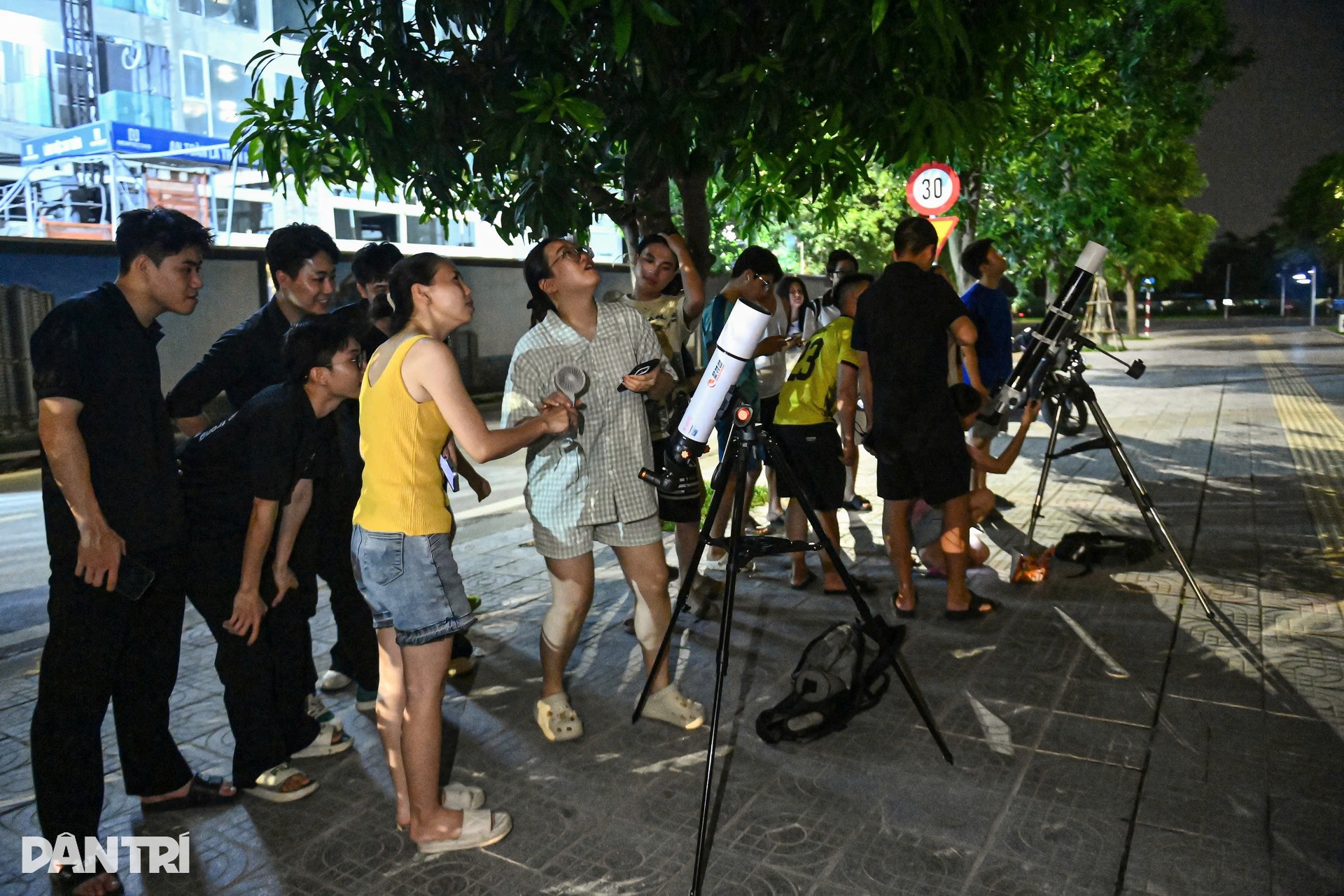
Many Vietnamese people stayed up all night to watch this rare astronomical phenomenon. At the Smart City urban area (Hanoi), many groups of young people gathered from around 9pm to watch the entire lunar eclipse together (Photo: Hai Long).

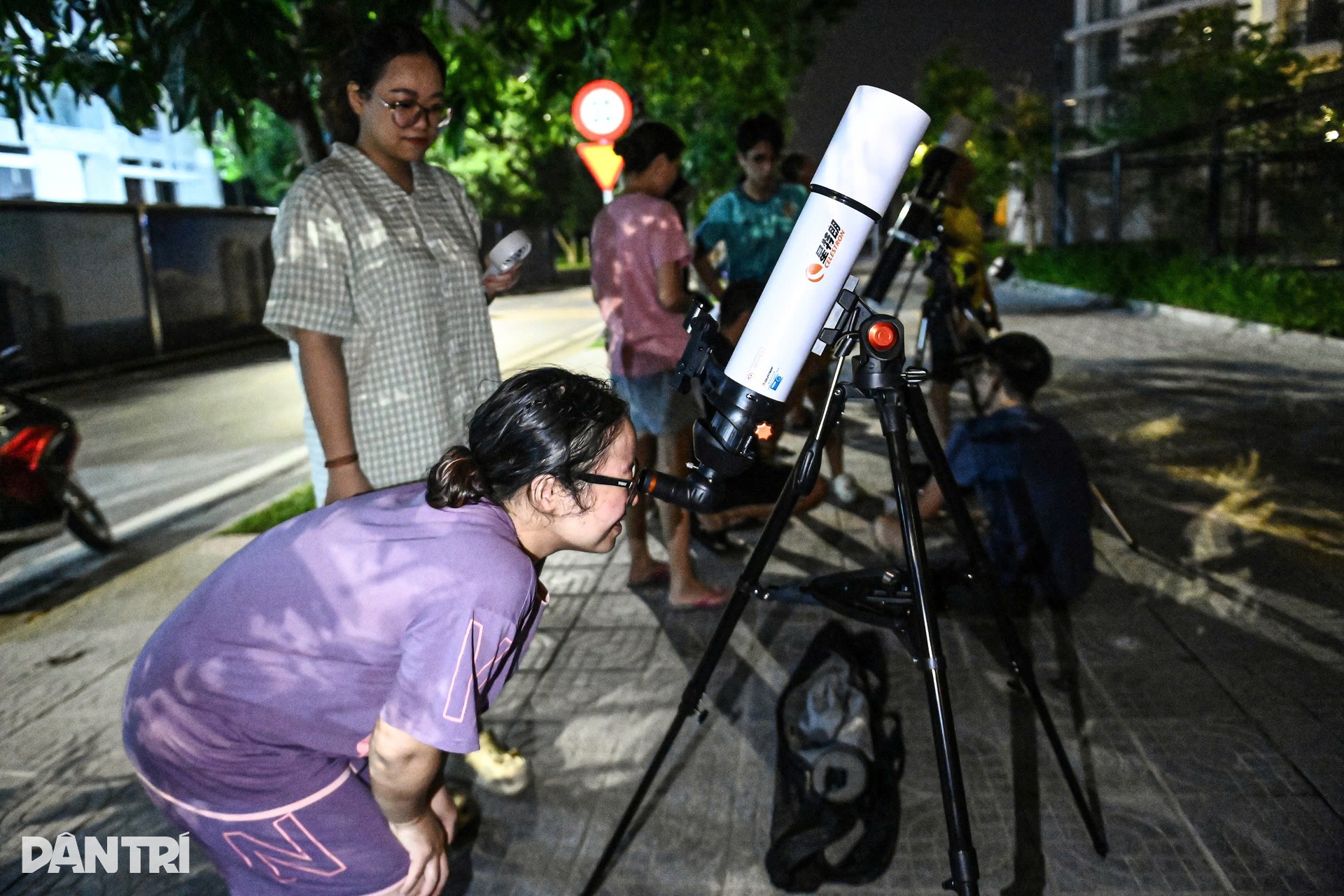
With a telescope, the image of the moon being "eaten" over time can be clearly observed. People expressed their excitement when witnessing this rare phenomenon with their own eyes (Photo: Hai Long).
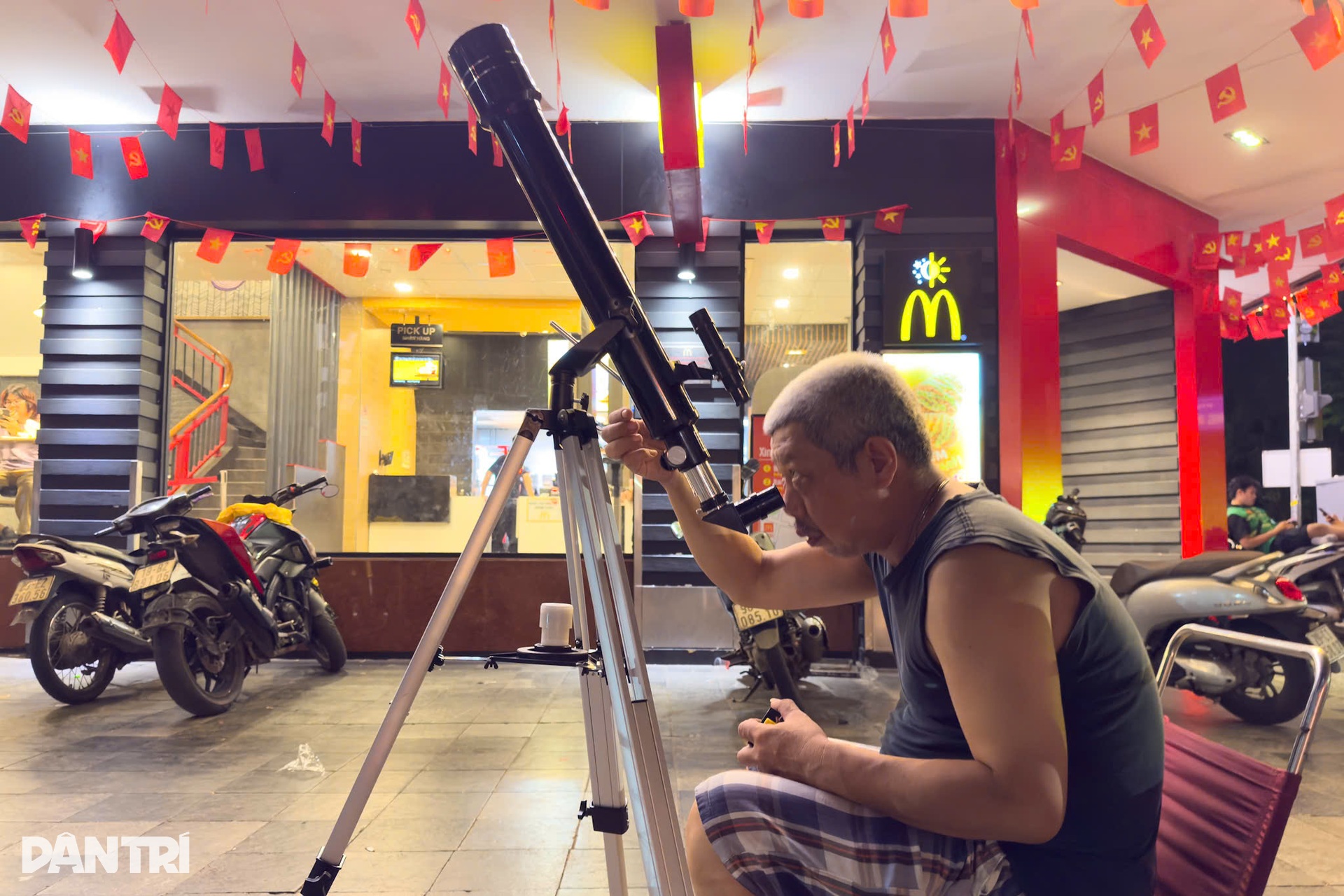
Not only young people, astronomy also has a special attraction for the elderly. Images of people using telescopes to observe the total lunar eclipse were recorded on Hang Bai Street (Photo: Manh Quan).
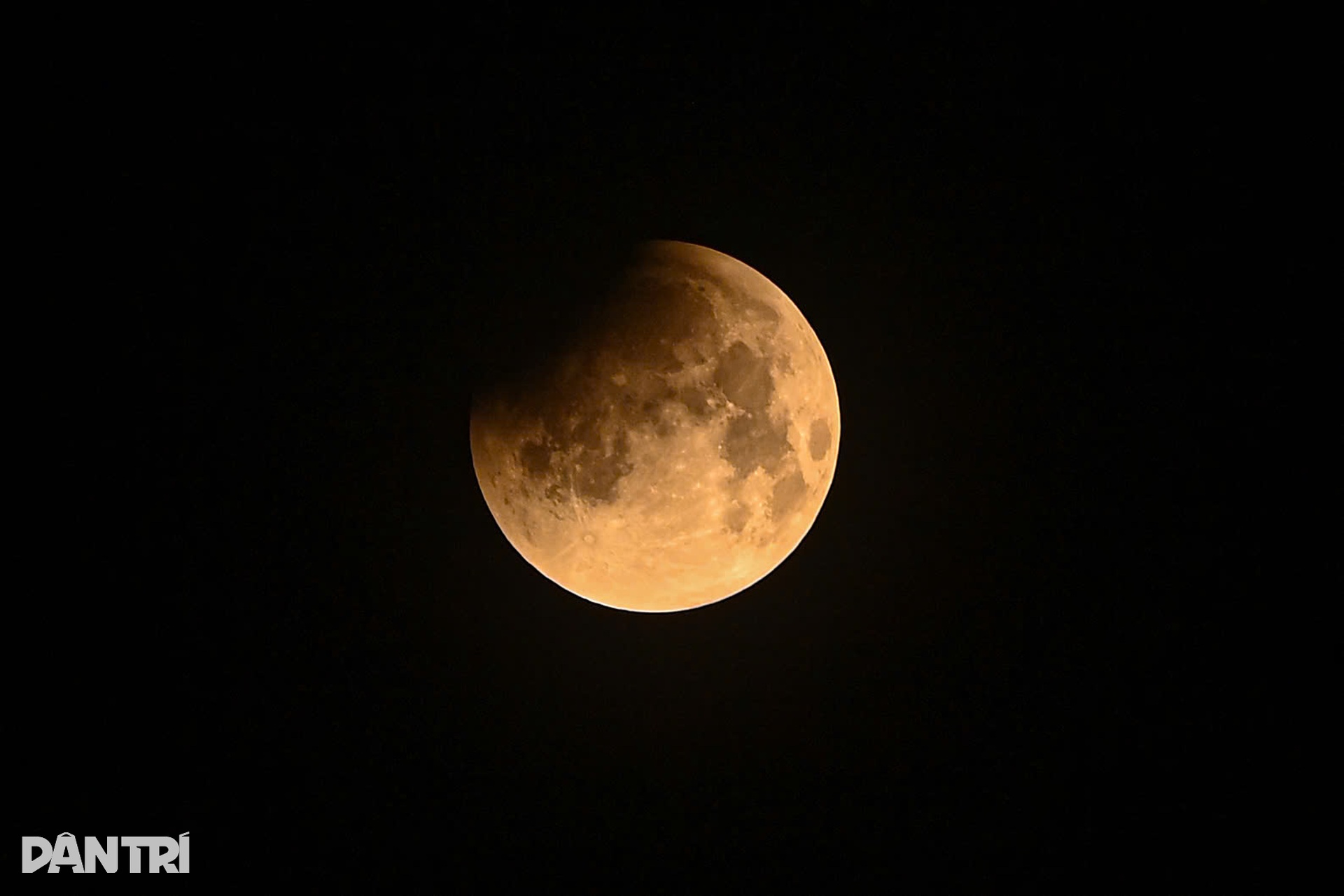
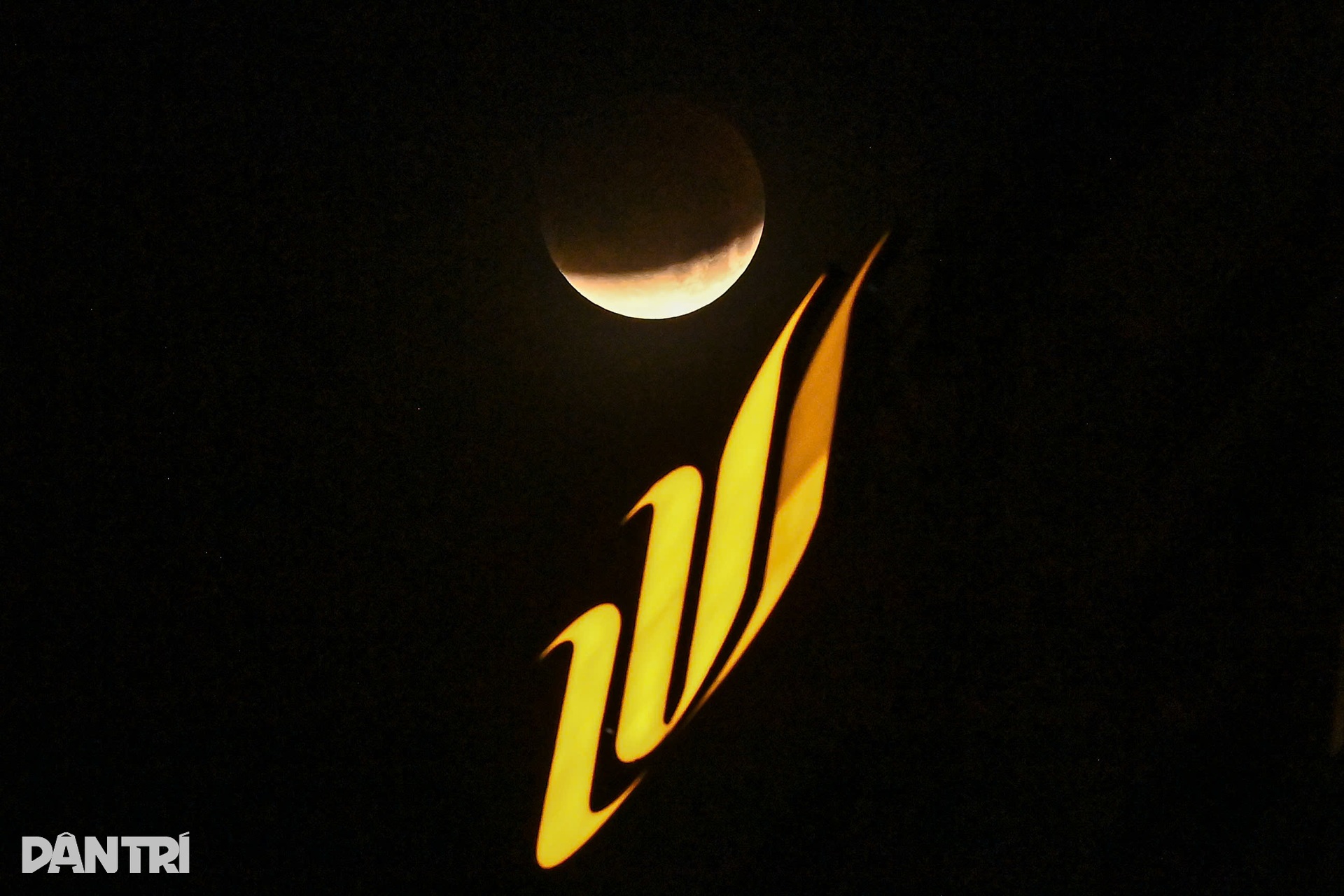
According to the actual observation of Dan Tri reporter, from around 11pm, the lunar eclipse phenomenon began to occur. Even with the naked eye, it is easy to witness the moon gradually waning (Photo: Hai Long).
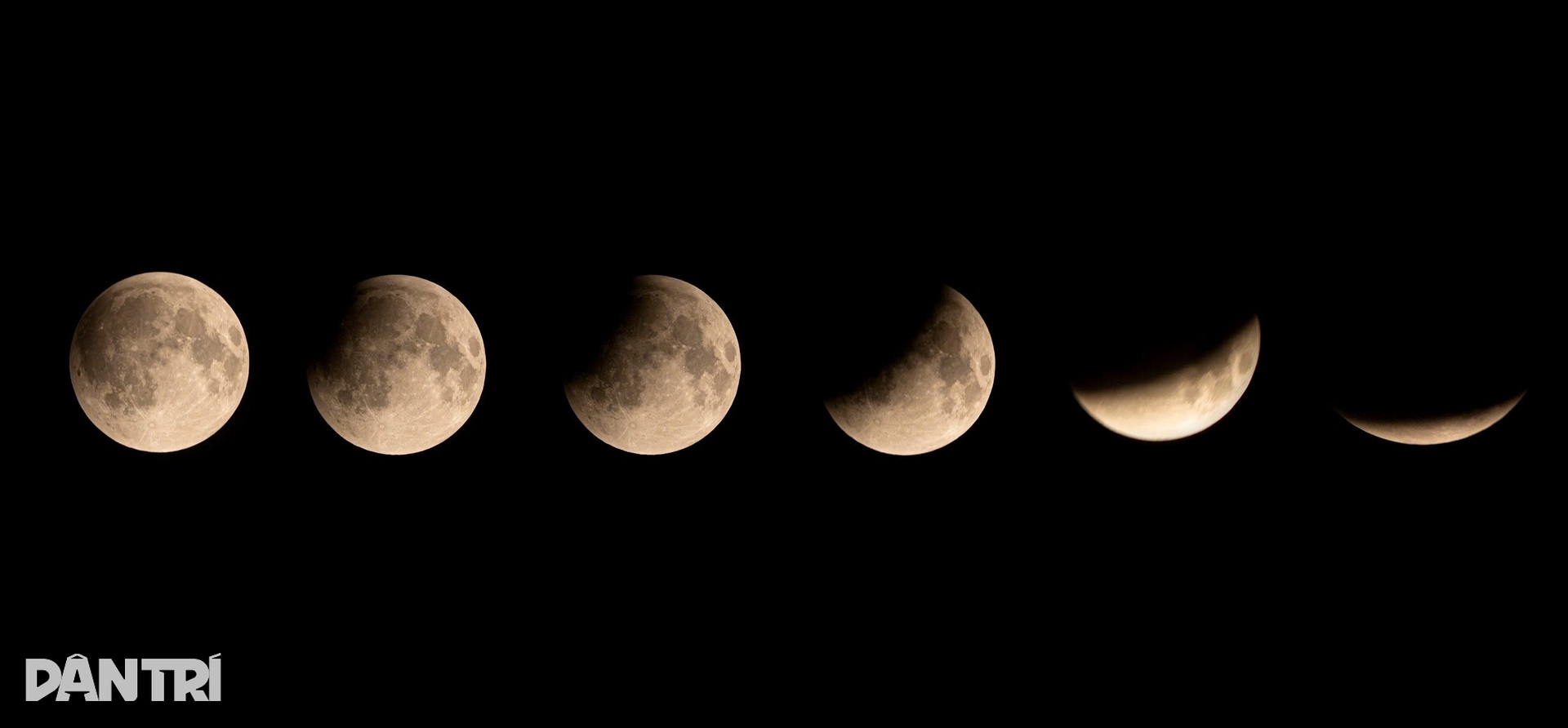
The image captures the phases of the lunar eclipse from 11pm to about 1am the next morning (Photo: Manh Quan).
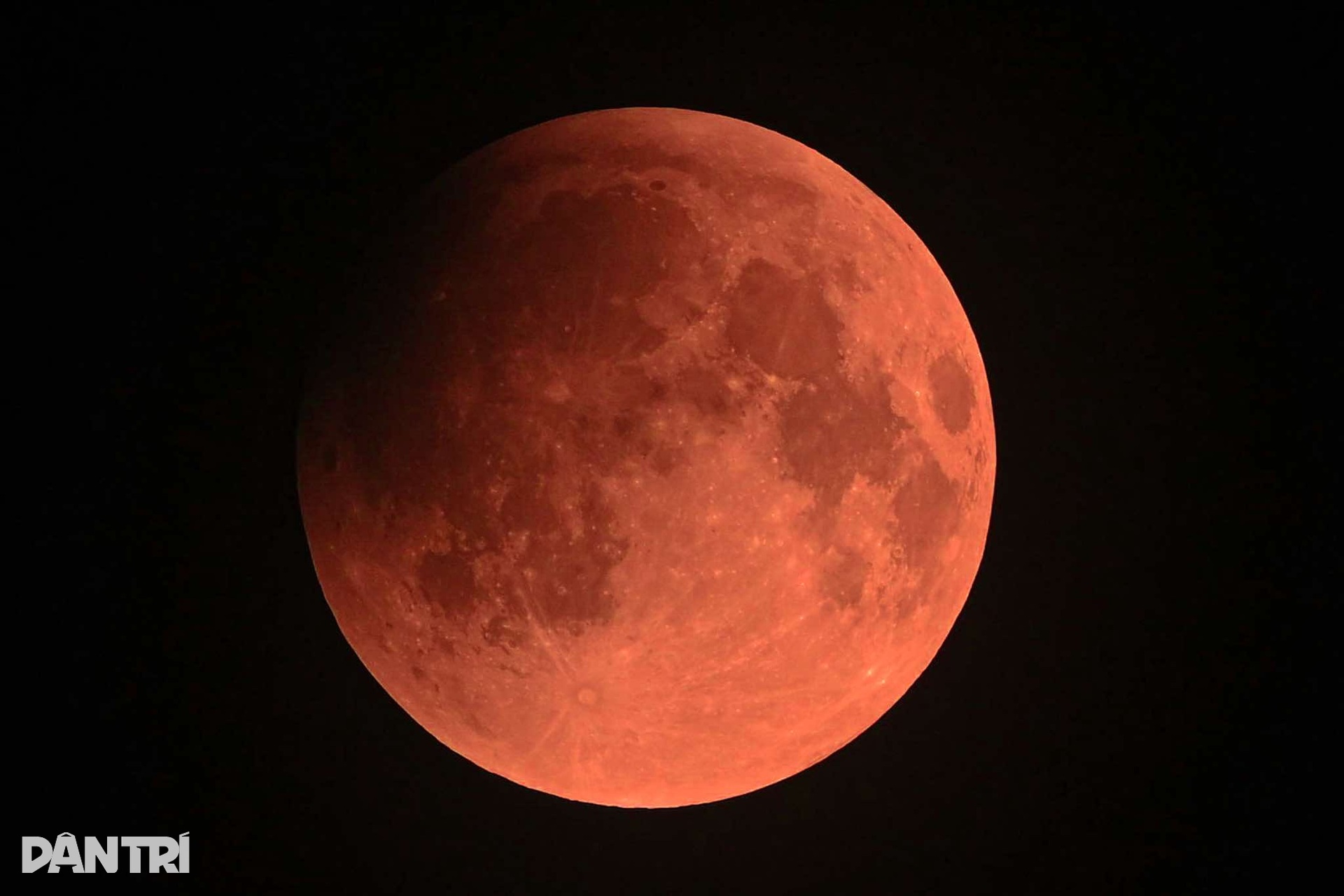
From 1am on September 8, it is possible to observe the blood moon phenomenon. At this time, the Moon will have a bright orange-red color, standing out in the late night sky (Photo: Manh Quan).
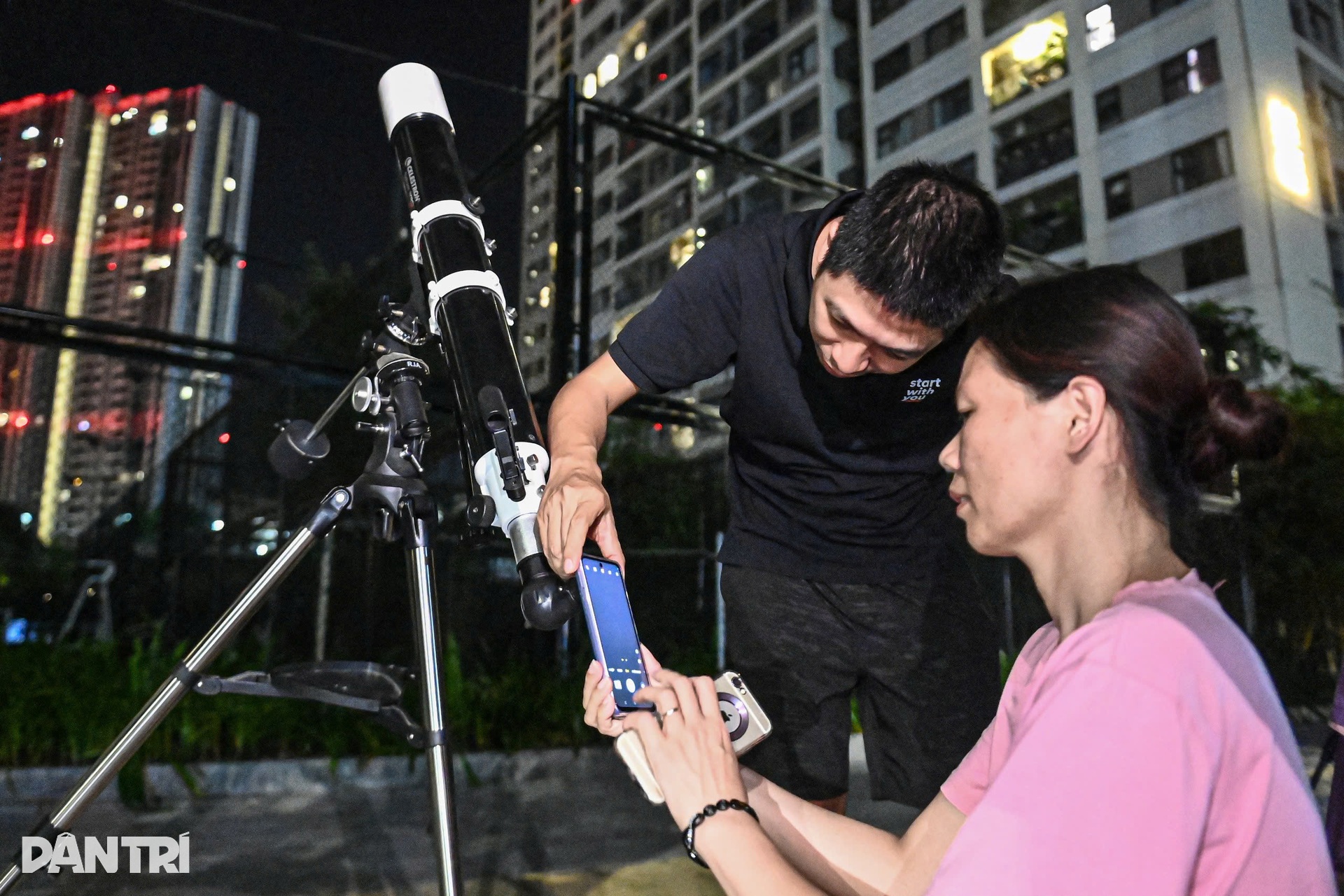
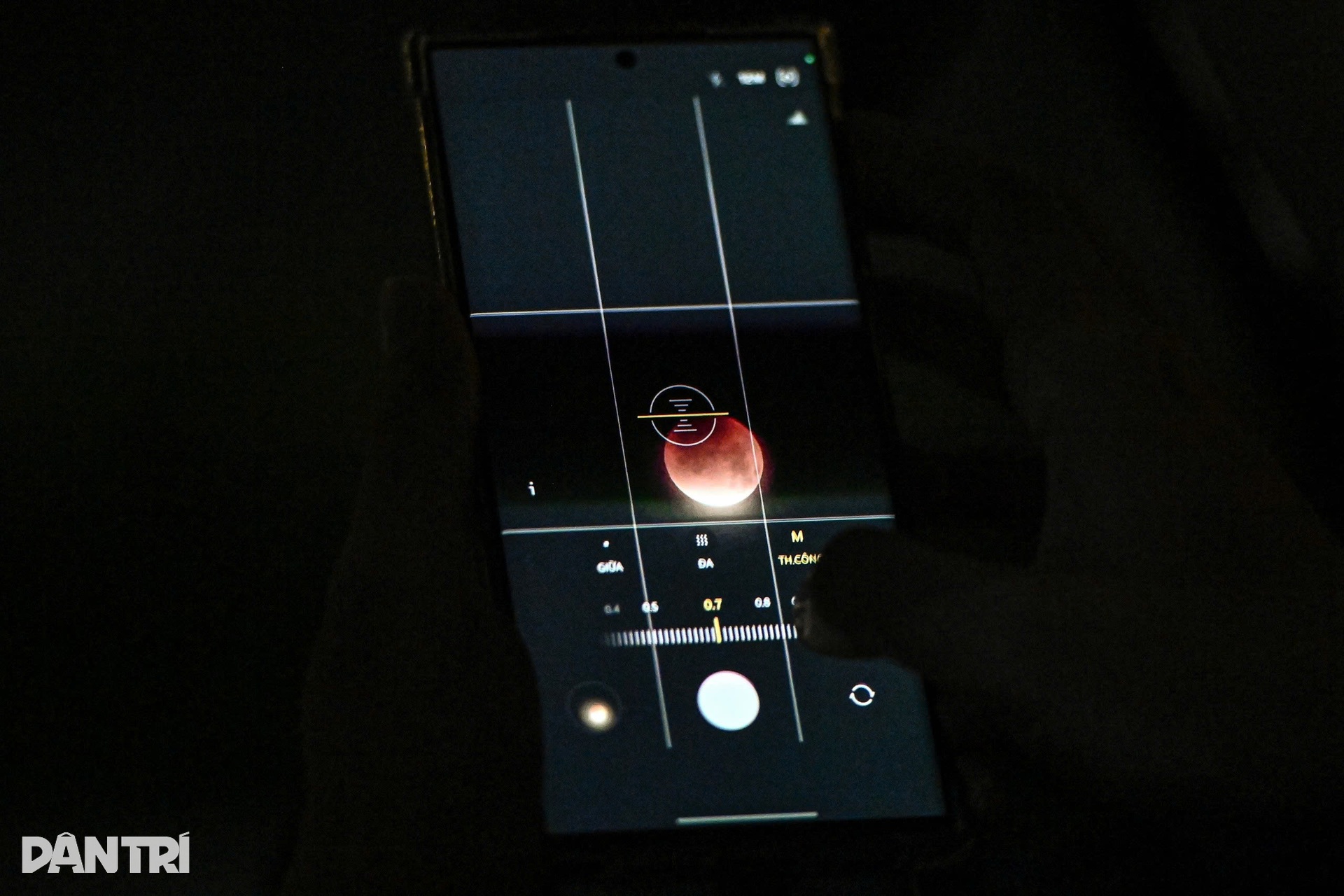
The concept of a “blood moon” comes from the way the Moon changes color during a total lunar eclipse. When the Moon enters the Earth’s shadow (umbra), direct sunlight cannot reach the Moon’s surface (Photo: Hai Long).
However, some of the light still makes its way through the Earth's atmosphere in a scientific phenomenon known as "Rayleigh scattering." This is what makes the daytime sky blue and sunsets red.
"This is the first time I have witnessed this amazing astronomical phenomenon. The image of the moon dyed red is truly magnificent. Besides, waiting for hours with people who share the same passion to watch the entire lunar eclipse is also a worthwhile experience," said Mr. Long (Hanoi).
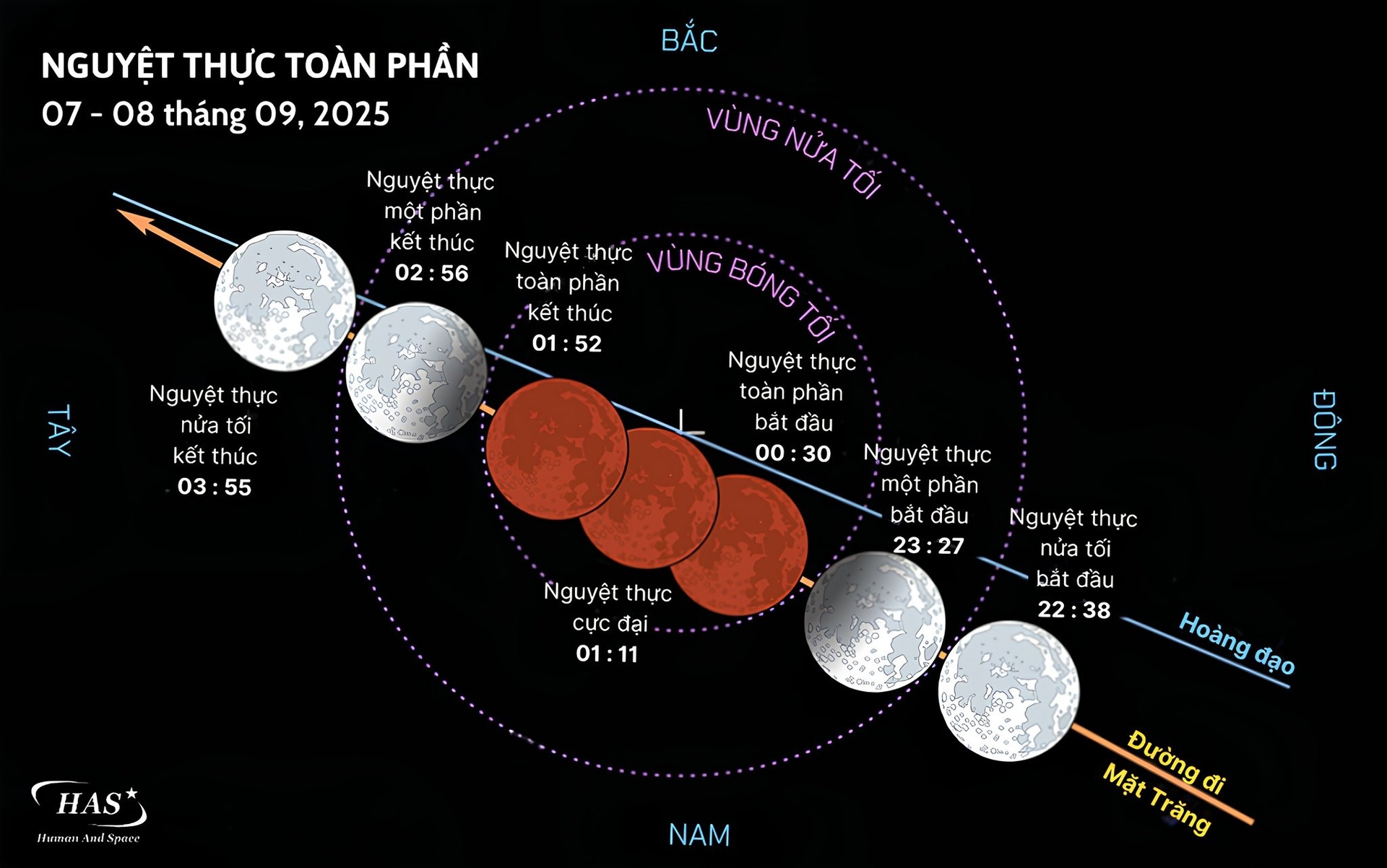
Over time, in addition to its visual beauty, the blood moon has long been associated with many layers of meaning in culture and science. In Western folklore, the blood moon is sometimes considered a sign of change, and is even associated with legends of mystery (Photo: HAS).
In Chinese mythology, legend has it that a giant dragon swallowed the Moon, causing its light to disappear, and only when people performed a ritual was the Moon returned.
In East Asia, many communities regard lunar eclipses as symbols of reincarnation, reminders of the cyclical nature of nature.
Today, scientists exploit the blood moon as a “natural laboratory.” As sunlight passes through the Earth’s atmosphere before reaching the Moon, the characteristics of dust, water vapor, and pollution levels can directly affect the Moon’s red hue.
As a result, eclipse observations provide data for studies of the Earth’s atmosphere and climate change. Professor Noah Petro, a lunar scientist at NASA, once emphasized: “Every lunar eclipse is an opportunity to look at the Earth itself through the lens of the Moon.”
Source: https://dantri.com.vn/khoa-hoc/can-canh-sieu-trang-mau-khien-nhieu-nguoi-viet-trang-dem-theo-doi-20250908080351494.htm





![[Photo] Amazing total lunar eclipse in many places around the world](https://vphoto.vietnam.vn/thumb/1200x675/vietnam/resource/IMAGE/2025/9/8/7f695f794f1849639ff82b64909a6e3d)































































![[Photo] General Secretary To Lam chaired the Politburo's working session with the Standing Committee of the Central Public Security Party Committee](https://vphoto.vietnam.vn/thumb/402x226/vietnam/resource/IMAGE/2025/9/8/c94b4e255b194b939a1c7301893f5447)































Comment (0)